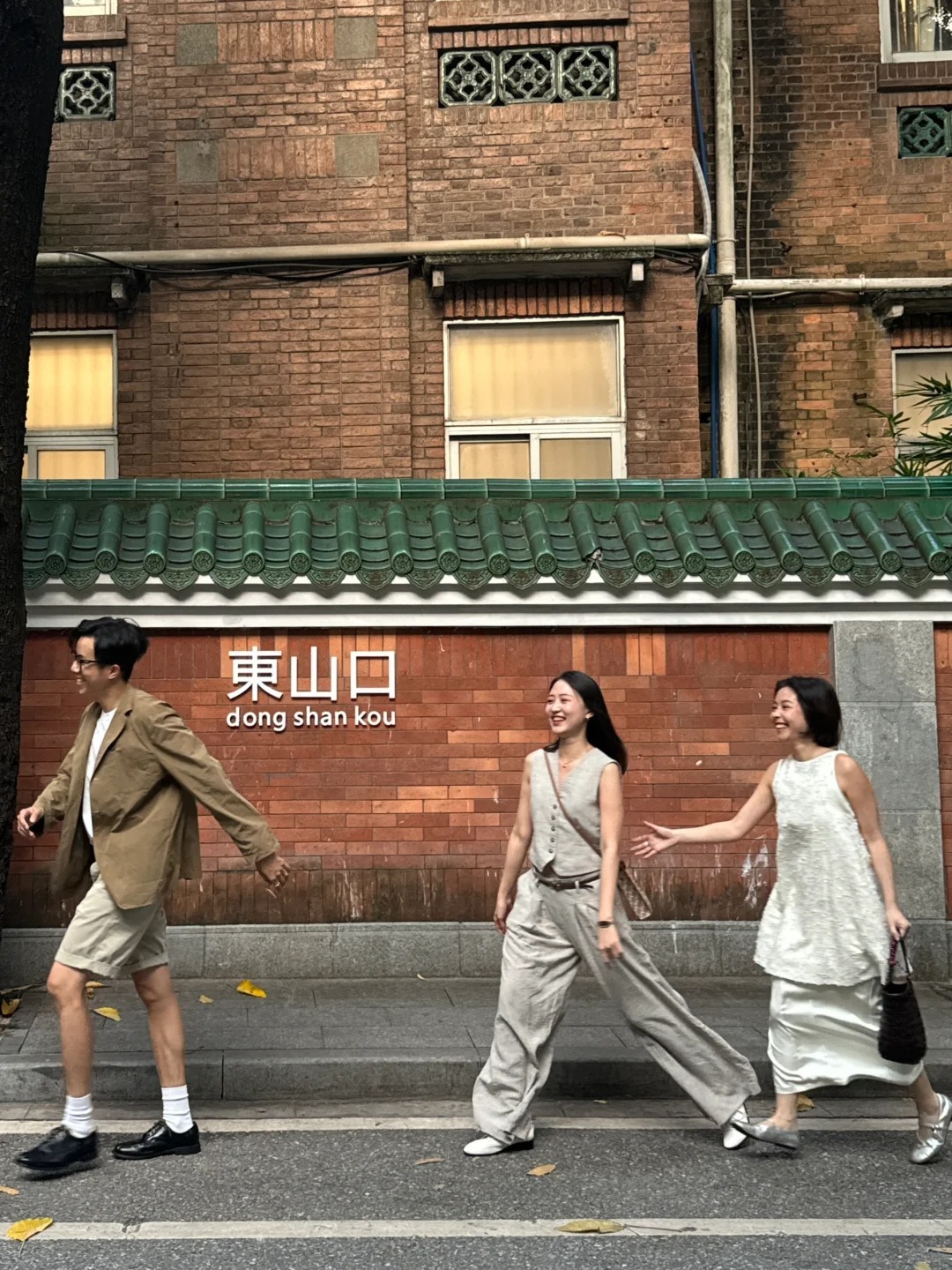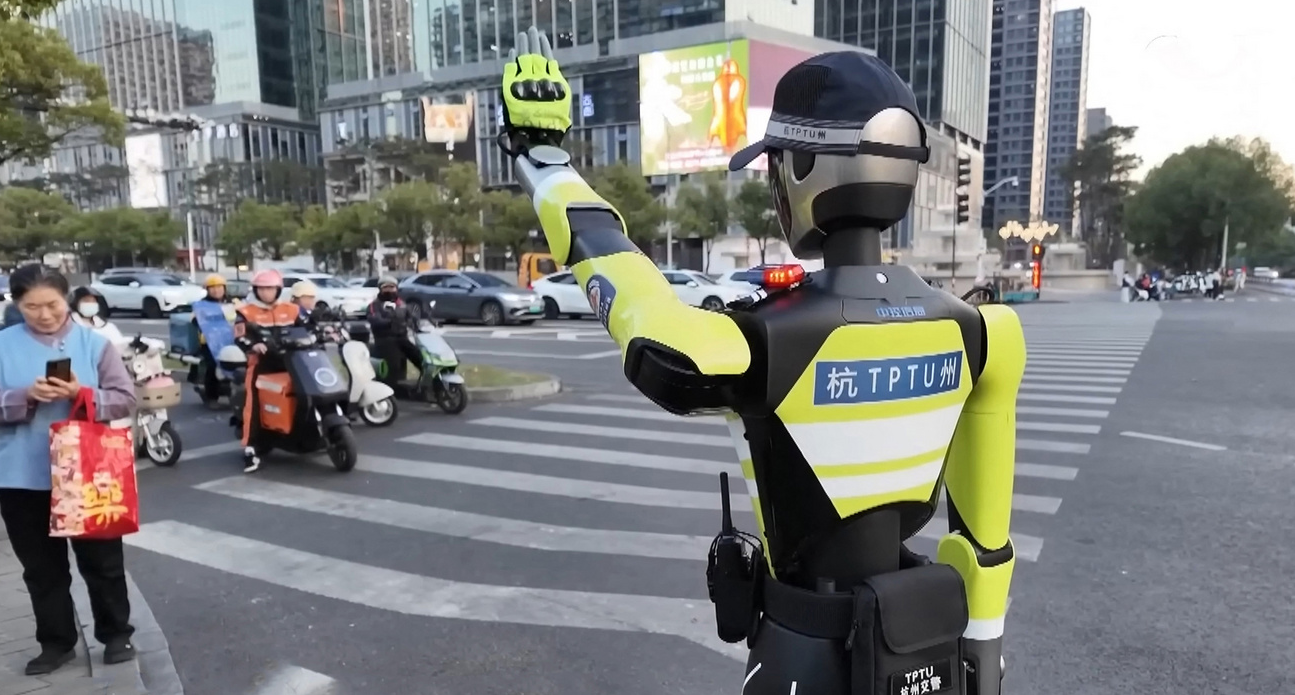In January, a netizen shared a post complaining that there are no streets left to stroll in Guangzhou, the capital of Guangdong province. Starting with the Dong Shan Kou neighborhood, he argues that while it might often be criticized for being “too fashionable,” it remains crucial for keeping young people in the city.
Other netizens shared the same opinion based on their living experiences in other major cities in China. Mega-malls are overtaking outdoor commercial spaces across the country, making strolling through the streets a luxury.
Shopping malls have long been a pillar of commerce in China. As complexes that meet a variety of shopping needs, they are especially favored by families. Young parents find them convenient for spending weekends with both their children and parents. Typically, a shopping mall in China starts with a ground floor featuring high-end brands, including luxury goods and jewelry.
As you move up, you’ll find more affordable clothing brands for women, then for men, followed by children’s stores, educational institutions, restaurants, and entertainment areas. The underground floor typically contains cheaper stores and fast food, attracting students.
These types of shopping malls are expanding rapidly. For example, over 30 shopping malls opened in Shanghai in 2024, and there are plans to open 50 more malls in the city in 2025.
The gigantic Dream Plaza in Wuhan is a good example of the typical layout of a shopping mall in China today:
These giant commercial complexes have encroached on the space once occupied by open neighborhoods.
Beijing was one of the first cities affected by this kind of gentrification. Sanlitun, one of Beijing’s most iconic neighborhoods, was once famous for its “dirty bar street,” a gathering spot for pubs, clubs, and the nearby Workers’ Stadium, a host of large concerts and soccer matches.
Sanlitun was a vibrant part of Beijing’s nightlife, and helped facilitate an earlier wave of interaction between Chinese and expat residents of the city.
After a series of demolitions in 2018, Sanlitun’s small, backstreet stores were replaced by a massive shopping mall. Now, Sanlitun is best known as a place for street photography, capturing the latest fashion trends among upscale Beijing pedestrians. Shanghai’s Changle Road similarly lost its status as a nightlife hub after a demolition last summer.
Urban planning often reflects a country’s economic priorities. As economic growth has slowed, China has seemingly shifted its focus on attracting high-income consumers, which has led to a shift toward a mall-based economy rather than open street districts.
Chengdu is another example illustrating this change. A slower pace of life has long been a defining characteristic of the city. However, applying this model to the entire country is challenging. Young people in Chengdu who once enjoyed city walking have suddenly found that the stores on their favorite walking streets have closed. Moving to the large indoor shopping malls, they realize the stores don’t differ much between cities.
Where and what can they stroll in the city? Young walkers are now lost, resorting to taking photos for social media rather than enjoying the simple pleasure of wandering through the city and soaking in the vibrant urban atmosphere.
Banner Image via RedNote













